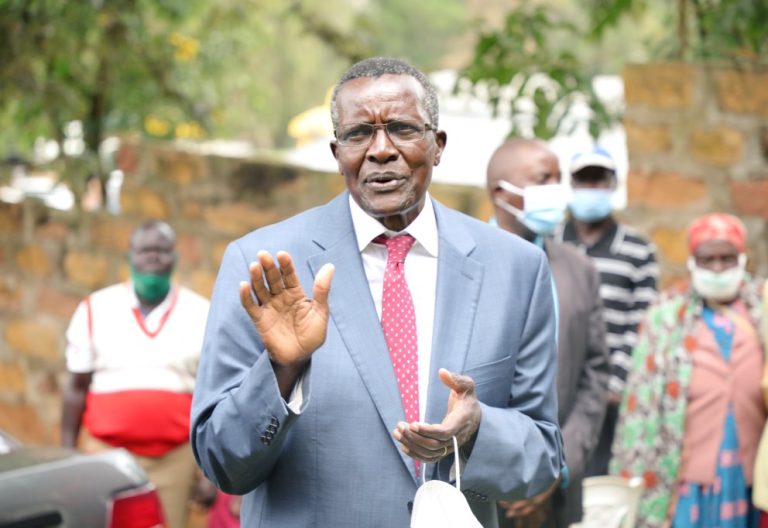Treasury: Resolve impasse on funds to counties governments
By Editorial, August 28, 2019The impasse that has seen Sh50 billion remain at the Treasury as county governments are starved of cash is as unfortunate as it is distressing. The ominous spectre of services grinding to a halt in many counties points to a bleak future.
The position taken by the Council of Governors (CoG) that devolution is under threat by denying county governments their resources is not entirely unfounded. Conversely, governors should have known better than rushing to court to seek audience over the sharing of revenue.
Governors aver that what the National Treasury has done amounts to holding counties hostage by deviating from the Commission of Revenue Allocation’s recommendations. But in the absence of a legal framework, the allocations remain illegal.
The Kenya County Government Workers Union says governors should save counties from falling into a financial abyss and accept the proposed Sh316 billion, which is what the National government says is available. We agree with the argument that a bird in the hand is worth two in the bush. They also should!
Given the propensity for governors to allocate funds to wrong reasons and to indulge in lavish spending at the expense of development, their insistence on extra allocations is ill-timed, suspect and uncalled for.
This position easily finds both evidence and credence in audit records for counties and the wastage documented so far is a clear indication governors have failed to use funds well.
President Uhuru recently told CoG that the national government could not afford Sh335 billion. His admonition that they could not reap where they had not sown was timely and apt.
At the centre of the impasse is the Division of Revenue bill, which in our view needs to review the status of implementation of last year’s priorities including the status of projects, financial hygiene and realisation of set targets.
To address current gaps, the Bill should provide reasonable standards to ensure all government institutions set aside at least two per cent of the annual budget to fund public participation and civic education.
The Division of Revenue Act should go out of its way to spell out national government priority outcomes, sectors and projects as the parameters for division of revenue. Clearly, there is work to be done.
More Articles

